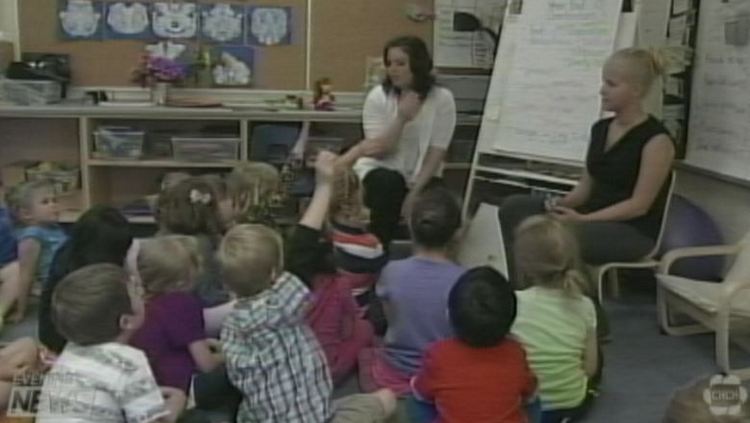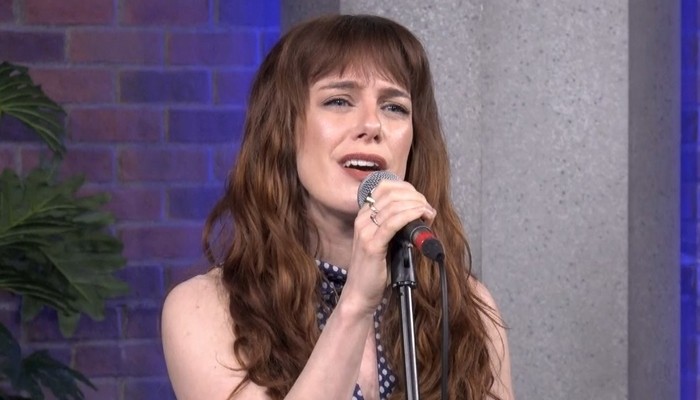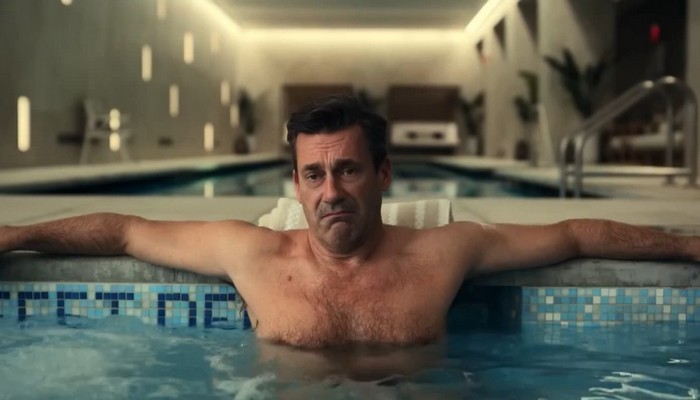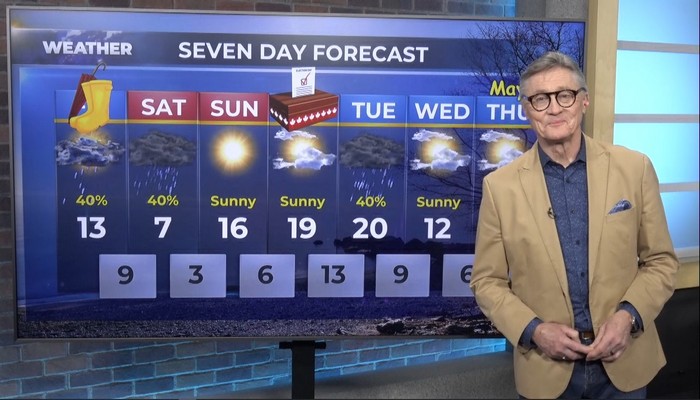
Eye problems can hold kids back

[projekktor id=’15726′]
Eye problems can cause major learning difficulties for kids. But they’re often one of the last things parents consider when their child complains about school.
Getting annual eye exams is important for kids, because an optometrist can spot problems that parents and teachers may not notice, before they get worse.
8-year old Matthew Walker used to hate reading: “That made me think, is my brain not working properly?
Jennifer Walker: “He had a hard time focusing on his work or focusing on his teacher or focusing on the board.”
He was having headaches until a year ago when he visited the optometrist and learned he had a vision problem.
It’s relatively common for poor eyesight to be confused with learning difficulties. It can lead to issues with writing, reading and attention in the classroom.
That’s why it’s important for parents and teachers to know the signs.
Dr. Breanne Facey, Optometrist: “Sometimes kids will hold reading material really close into their face or they start to complain of headaches or even avoiding doing near work because it’s difficult for them.”
Closing one eye or tilting their head to read can also be indicators.
Correcting vision problems is especially important because most lessons are taught visually.
Dr. Facey: “We rely on our visual system so much more. There’s a lot more strain up close because we’re holding these tablets up close and kids are sort of concentrated in this area.”
If one or both eyes is weak, kids can have trouble switching their focus from a tablet to the board. If the problem lingers, they can fall behind in class, or even grow to dislike school.
Matthew Walker: “The difference is humongous. i love school now and i used to not really like school at all.”
That’s why it’s best to catch it early, like Matthew did.
Because more classrooms are using tablets as teaching tools, it’s also important for kids to give their eyes a rest from the screen. Just remember the 20-20-20 rule — for every 20 minutes of screen time, stop for at least 20 seconds and focus your eyes 20 feet away.







